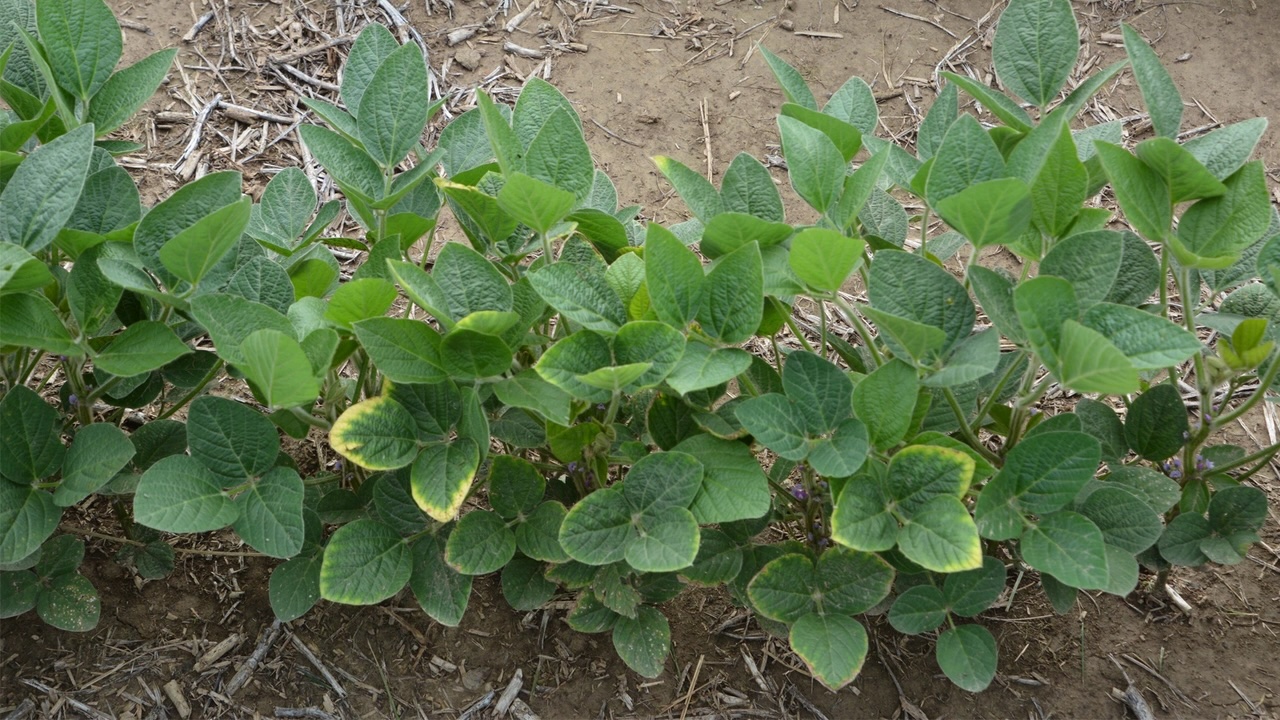Should I apply potash ahead of soybeans?

Answers are from the Indiana certified crop adviser panel: Dan Ritter, Dairyland Seed agronomist, Rensselaer; Bryan Overstreet, soil conservation coordinator, Rensselaer; and Steve Gauck, Beck’s Hybrids, Greensburg.
We typically broadcast potash ahead of corn for two years and don’t add any in the soybean year. My dad has read about potassium deficiency showing up in soybeans in places this year. Should we go in and add additional potash before beans this year, even though we added potash on those fields a year ago?
Ritter: It’s always important to know the status on your farm and in your fields. I would pull soil samples first, especially given the financial situation this fall. What is happening in other operations may not be the case for your operation. Then, if you truly need additional potash, apply this fall ahead of soybeans. Remember that as crop yields continue to rise, so does the amount of nutrients those crops draw. Your corn crop could be pulling more potassium from the soil than you think. We need to start giving soybeans the same attention we give to corn.
Overstreet: Revisit your soil test to see if you are deficient or low in potassium. If you are not, then do not worry about it. Across the state, studies show that there is a trend in low soil potassium levels. If you’re in that situation and you did not apply extra potash last year to help build up your levels, you should be looking at adding more for next year’s crop. Purdue’s soybean specialist has been seeing evidence that applying potash too close to planting can cause some damage to soybeans. If you do apply potash next spring, do it early so it can be watered in before your crop germinates.
Gauck: Potash deficiency is common in dry years when the nutrient cannot move easily within the soil profile. The challenge with potash being applied in front of corn only is that you cannot make a corrective application for soybeans when corn yields are high the previous year. There is an advantage to applying potash before each crop in most situations. If your soil test levels on potassium are good and you have not seen any deficiencies in your fields, you would still be OK for next year. But to maximize yields in the future, look at applying potash each year.

